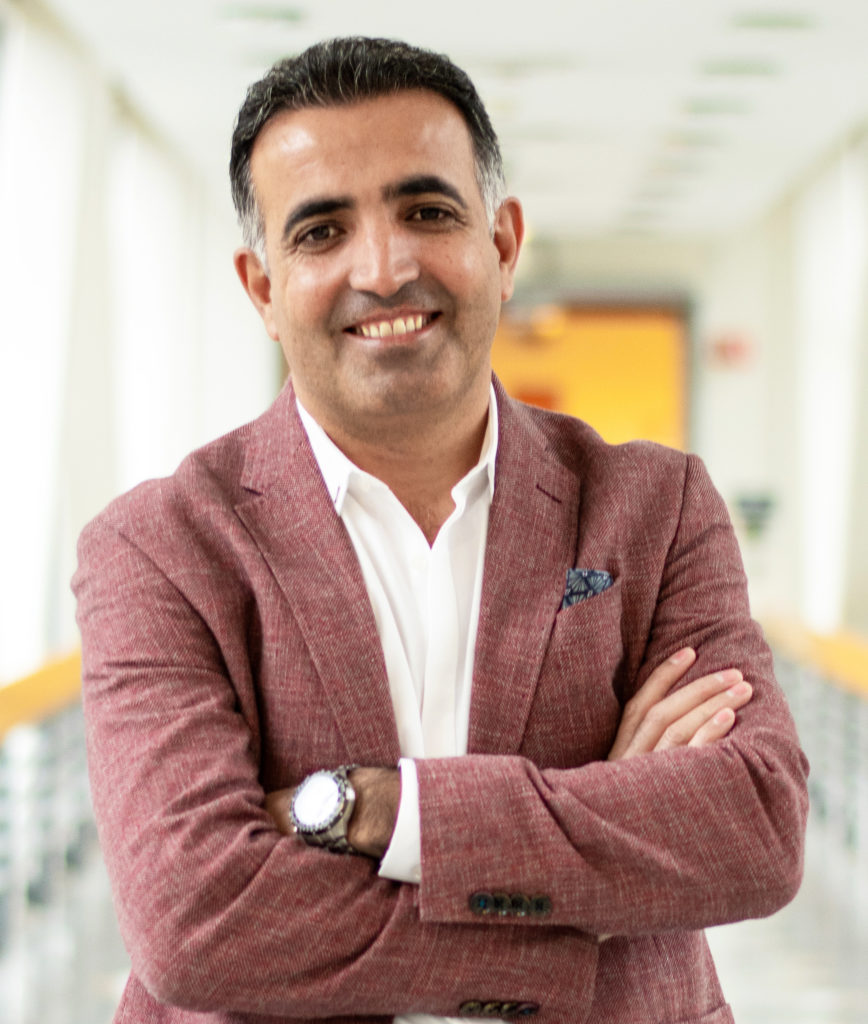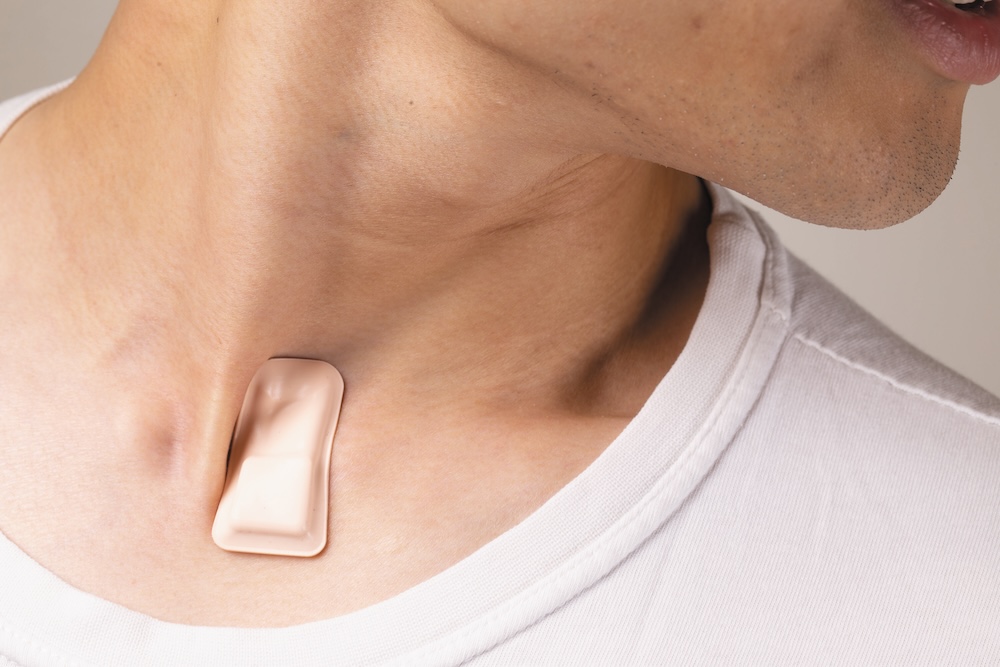
Northwestern Medicine scientists have developed a new cellular model of uterine fibroids that stem from common genetic mutations, which will accelerate further research and development of future treatments, according to findings published in Nature Communications.
It’s estimated that more than half of all women will develop uterine fibroids — noncancerous muscular tumors that grow in the wall of the uterus — at some point in their lives, according to the American College of Obstetricians and Gynecologists.
It’s not clear what causes uterine fibroids to develop, but many scientists believe hormonal and genetic factors play a role.
Nearly 70 percent of uterine fibroids are linked to a mutation in the MED12 gene, but research has been stymied by a lack of tractable cellular models to study, said Mazhar Adli, PhD, associate professor of Obstetrics and Gynecology in the Division of Reproductive Science in Medicine and senior author of the study.
“When cultured in the lab, the mutant cells in the fibroid tumor do not survive and hence the cellular model that mimics fibroid tumors could not be generated,” said Adli, who is also a member of the Robert H. Lurie Comprehensive Cancer Center of Northwestern University.
To address this challenge, his lab used CRISPR-based genome editing technology to precisely engineer cells that have the same mutation in the MED12 gene.
“We found that these engineered mutant cells, like fibroid tumor cells, did not proliferate well in a 2D culture, however when we culture them in 3D conditions, that better mimics the normal in vivo physiology, and they proliferated better,” Adli said.
After successfully culturing the mutated fibroid cells in 3D spheres, Adli and his collaborators noticed that the cells produced heightened levels of collagen, a key feature of uterine fibroids, as well as other chromosomal abnormalities commonly seen in uterine fibroids in patients.
Having an accurate cellular model of uterine fibroid growth will aid in future research around fibroid treatment, Adli said.
“This model opens the door for us to conduct subsequent studies to try to identify drugs that will selectively target these mutant fibroid cells,” Adli said. “We could not do these experiments before because we didn’t have a model system. Now that we do, we are able to conduct high-throughput CRISPR screenings to identify potential therapeutic targets.”
In addition to follow-up studies into potential treatment targets for uterine fibroids, Adli’s cell models will be available to other scientists and will hopefully expedite further research into the condition.
“So far, the basic biology of this disease has been lacking,” Adli said. “Either there were not enough resources or there was not a good model system really to understand the molecular biology and genomic features of this disease. I think this model system and additional model systems that we are generating will really help us to understand the disease in a much better, more tractable way.”
The study was funded by a pilot project award from the Northwestern University Uterine Leiomyoma Research Center (P50HD098580).






